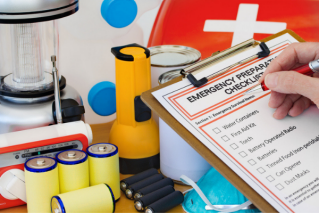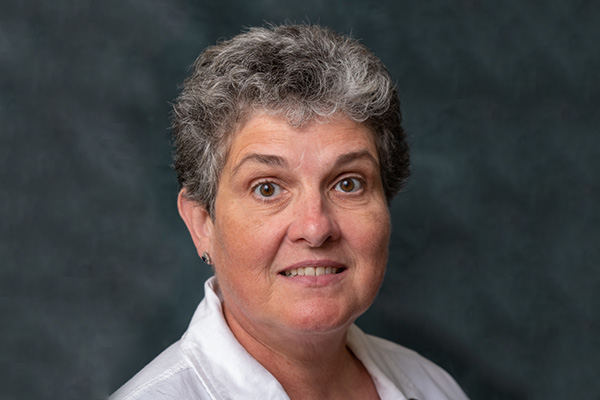
As we become aware of safety, talk about safety, and work to build a safety culture in our organizations, we tend to leave out a critical element. The concept of safety and initiation of safe practices ultimately begins with the individual. It is our awareness, actions, and decisions that ultimately impact whether or not we all go home safe at the end of a day’s work. Even the most experienced safety-minded individual can have a lapse in judgment or can overlook a hazard. So, not only do we have to look out for ourselves, but we have to look out for others as well and be willing to act.
Think about all the little moments throughout your day. We are constantly observing situations and making assessments. Did you see someone using a chair as a step stool? Did you notice whether or not personal protective equipment (PPE) was in use? Did you glance at the photograph in a magazine and cringe because you noticed a glaring safety problem? Did you check your surroundings before you backed out of the parking spot? While these may be individual actions, taking them one step further by intervening or asking questions when things don’t look right, or you get that nagging feeling about the situation begins to spread safety awareness to others.
Building a strong safety culture requires individuals to step out of their comfort zones. We have to speak up when we recognize a hazard, when we see someone placing themselves at risk or when we see a way to prevent an incident. We aren’t always comfortable in approaching someone we don’t know or when we point out something that might be amiss. It is something that we have to do to improve. It is also important to re-enforce good safety behavior, and looking at it from the positive side may help break down barriers to pointing out risky behaviors. Did you thank someone for putting up a barrier around a particular hazard or for pointing out a hazard? Did you encourage someone who stopped a task to get the right tool for the job? Did you recognize someone for questioning the appropriate PPE for the task or point out that there might be a checklist for that? These positive interactions are just as important as it helps to create an open atmosphere for continuous improvement and safety awareness. In the end, it is our actions that are going to promote safety at work, at home, and in our communities.
Copyright 2019 American Chemical Society (All Rights Reserved)










